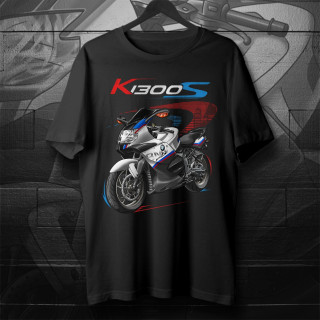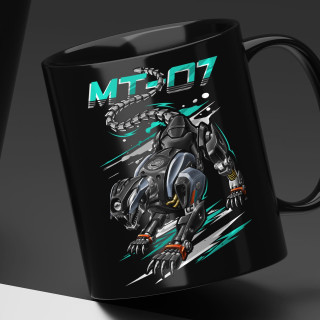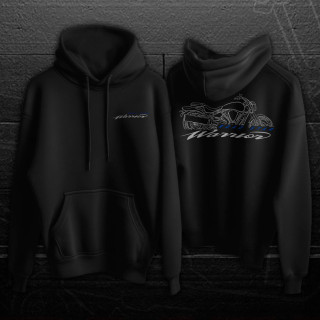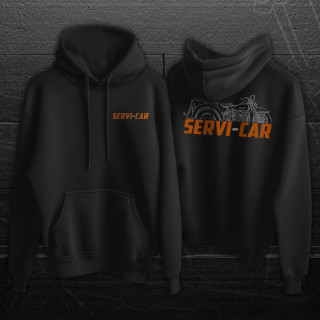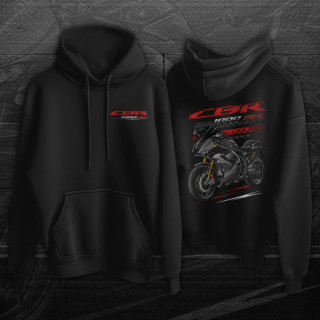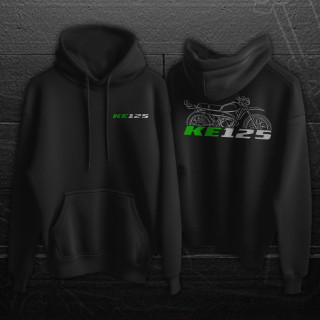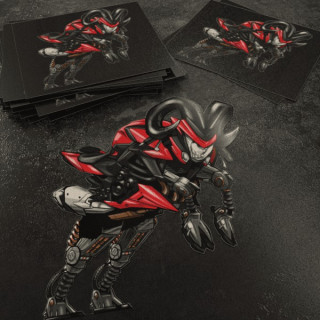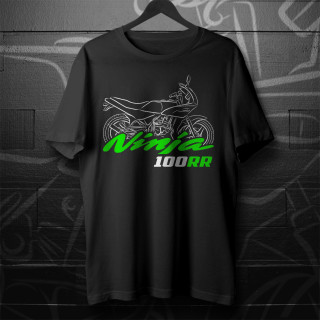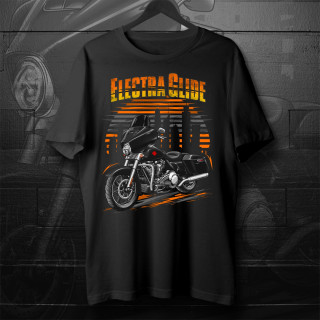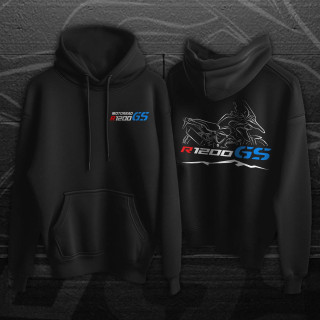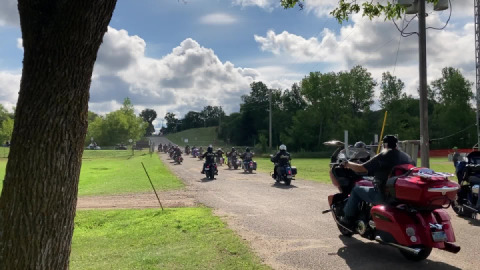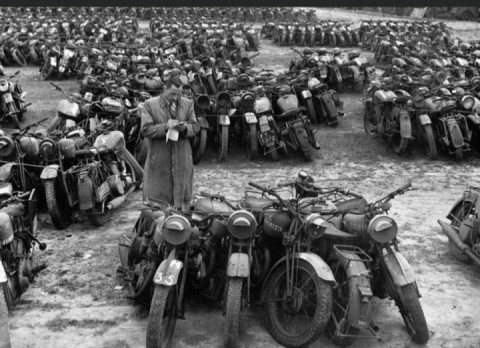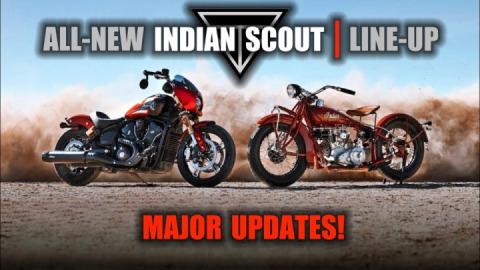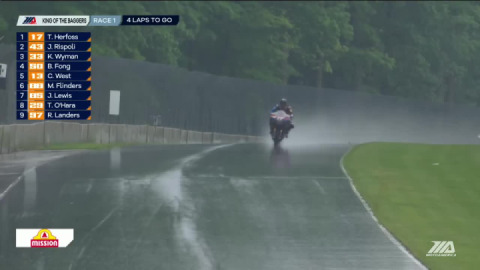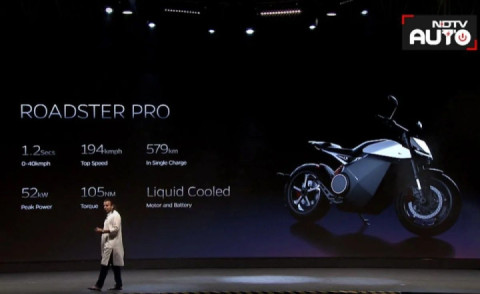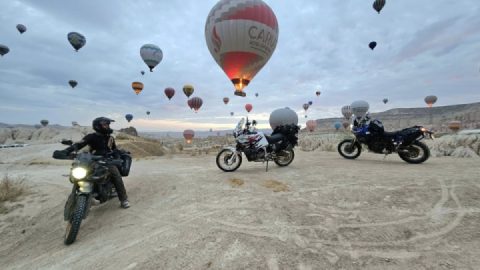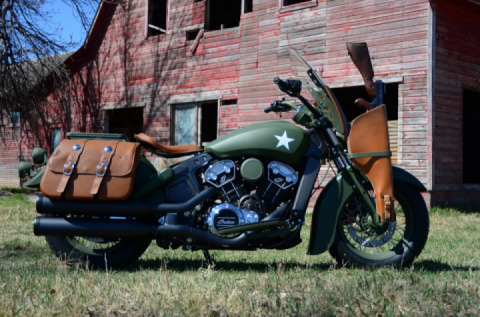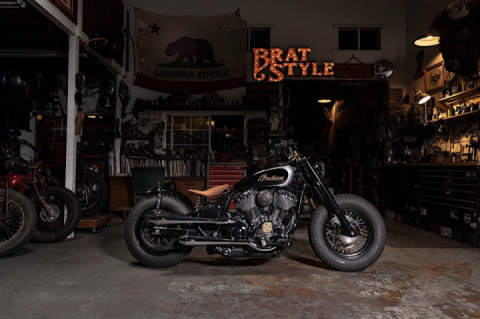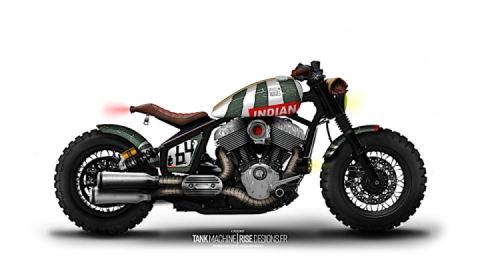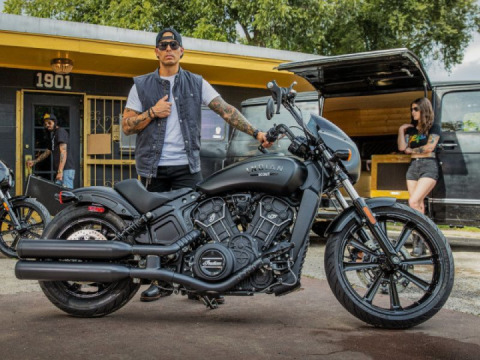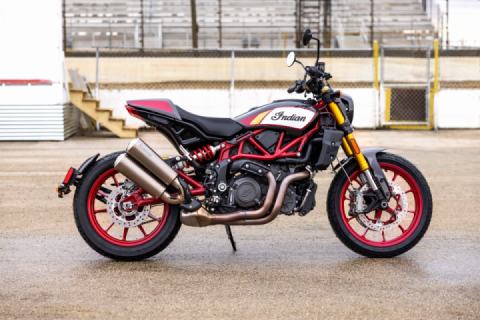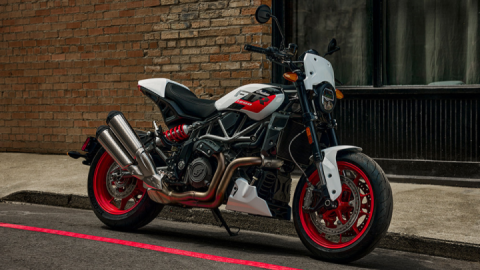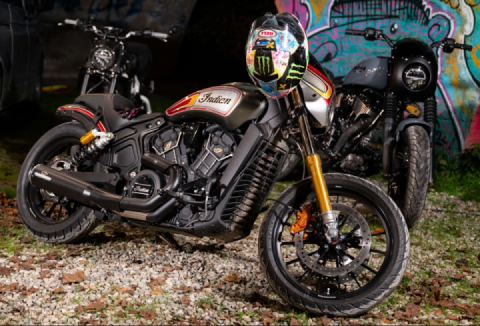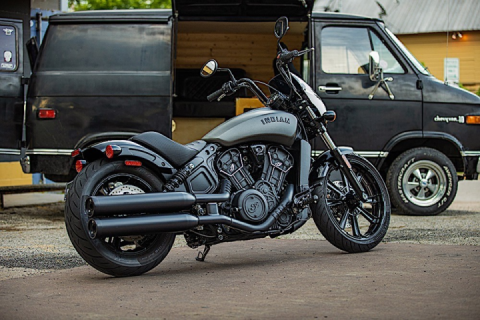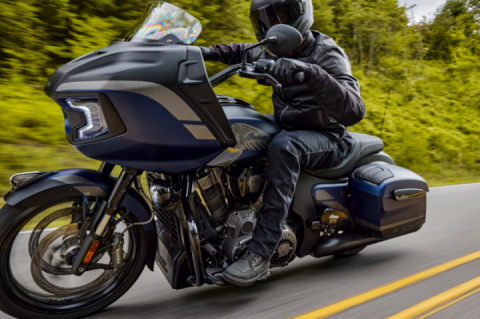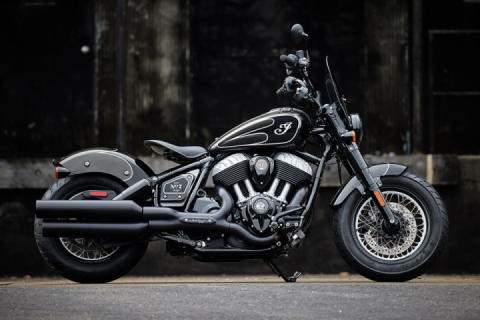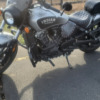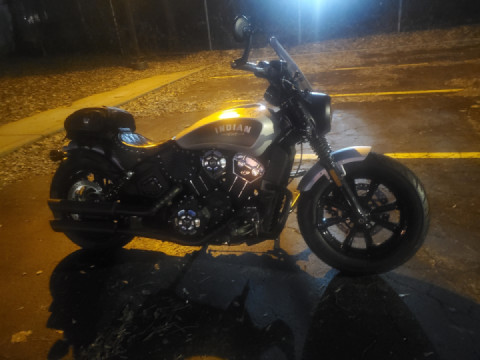
Military Mission: 1942 Indian Model 741
To better understand the Indian Model 741 U.S. Army World War II motorcycle featured here, we need to start with a bit of background.
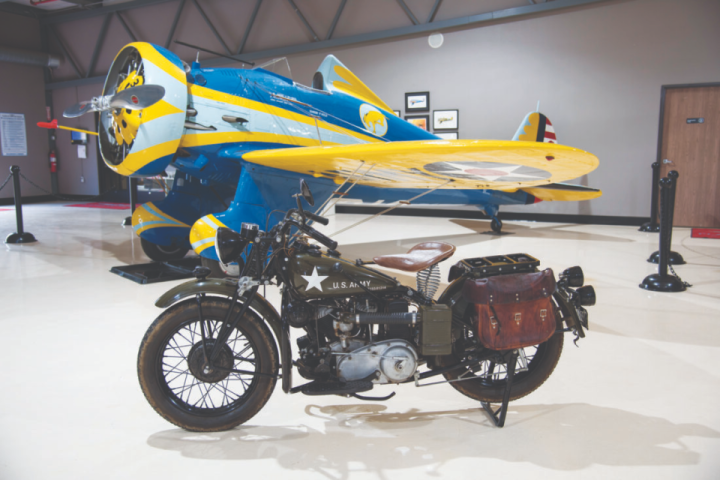
During the years preceding World War II, Harley-Davidson and Indian emerged as the two main U.S. survivors in an industry that earlier in the century consisted of hundreds of motorcycle manufacturers. The post-Depression, pre-World War II U.S. motorcycle market was in terrible shape due to the advent of mass production and low-cost automobile manufacturing. Motorcycles had fallen out of favor as basic transportation. Harley-Davidson and Indian both catered to the police and civilian motorcycle markets, but sales were very low. When the Army asked Harley-Davidson and Indian to develop motorcycles for military use, neither manufacturer was in any condition to support a massive buildup. Indian was operating at about 5 percent of capacity, much of its equipment had been sold during the Depression, and that which remained was old. Indian was in terrible shape and might have gone out of business; Harley was only a little better.
The military need
World War II changed Harley and Indian fortunes even before U.S. involvement. The armies of other countries needed motorcycles for their war efforts and that fueled sales for both companies. Indian sold 5,000 Chiefs to the French. Here at home and as the U.S. was swept into World War II, our Army recognized a need for military motorcycles. Motorcycle-mounted military police could lend order to road marches and mass movements of men and equipment; military motorcyclists could get in front of advancing units for reconnaissance. The Army needed motorcycles, and that resulted in a specification to define what the military bikes should be.
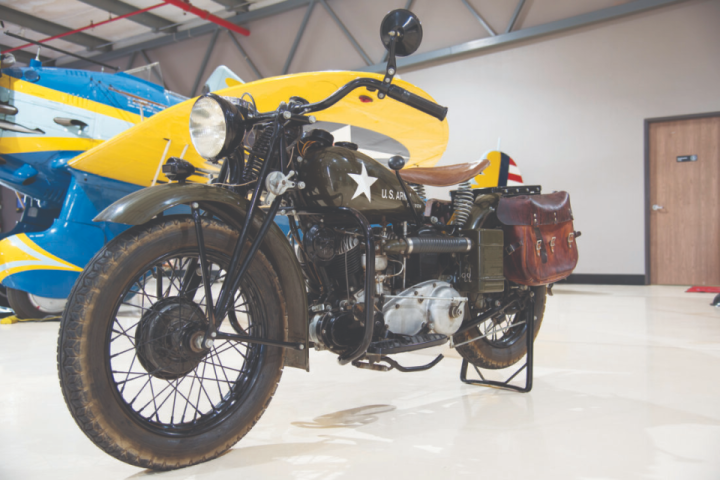
The resulting Army specification called for a 500cc engine, which Army engineers thought would be enough. The Army also asked for left-hand throttles, a requirement rumored to be based on the need to keep the shooting hand free. Indian, more desperate for military business than Harley-Davidson, complied with the Army specifications. It already had the 500cc V-twin Junior Scout, informally known as the “30-50” (500cc is 30.5 cubic inches). Harley-Davidson did not have a 500cc motorcycle, nor were they interested in developing one. William Davidson told a presumably somewhat miffed Army a smaller bike would not meet the Army’s needs, and Harley submitted a modified flathead 45 (Harley’s 750cc V-twin) for evaluation. Harley called their motorcycle the WLA. “W” was the model designation, “L” indicated a high-compression (5:1) engine and “A” stood for Army. (Though 5:1 compression sounds low, it was greater than the lower-compression WA model that Harley also built.) Harley extended the WLA’s forks 2 inches for improved ground clearance, added an engine skid plate, painted the motorcycle olive drab, and bolted on a rifle scabbard and an ammo can. Indian submitted its 30.5-cubic-inch Model 741 with similar modifications. To the chagrin of its engineers, the Army found that Mr. Davidson had been right; the Harley was clearly a better motorcycle for the military mission. That conclusion notwithstanding, the Army could not buy as many motorcycles as it needed from Harley-Davidson, so production contracts went to both Harley and Indian.
The World War II military motorcycle mission
Unlike Germany, the U.S. Army did not intend to use its motorcycles in combat. The Army was aware of Germany’s use of motorcycle rifle companies as combat units, and at one point it may have entertained similar thoughts for its military motorcycles, but Army motorcycles were never intended to be combat vehicles. The Army assigned motorcycles to its infantry and armored divisions. In these units, motorcycles were primarily used by couriers and messengers, but the infantry and armored divisions also used motorcycles for reconnaissance. The speed, agility and maneuverability of the Army’s Harley-Davidsons and Indians made motorcycle-mounted scouting a natural use of the machines. Armored and infantry divisions would typically have 200 motorcycles. Military police units used motorcycles for traffic control and other police duties.
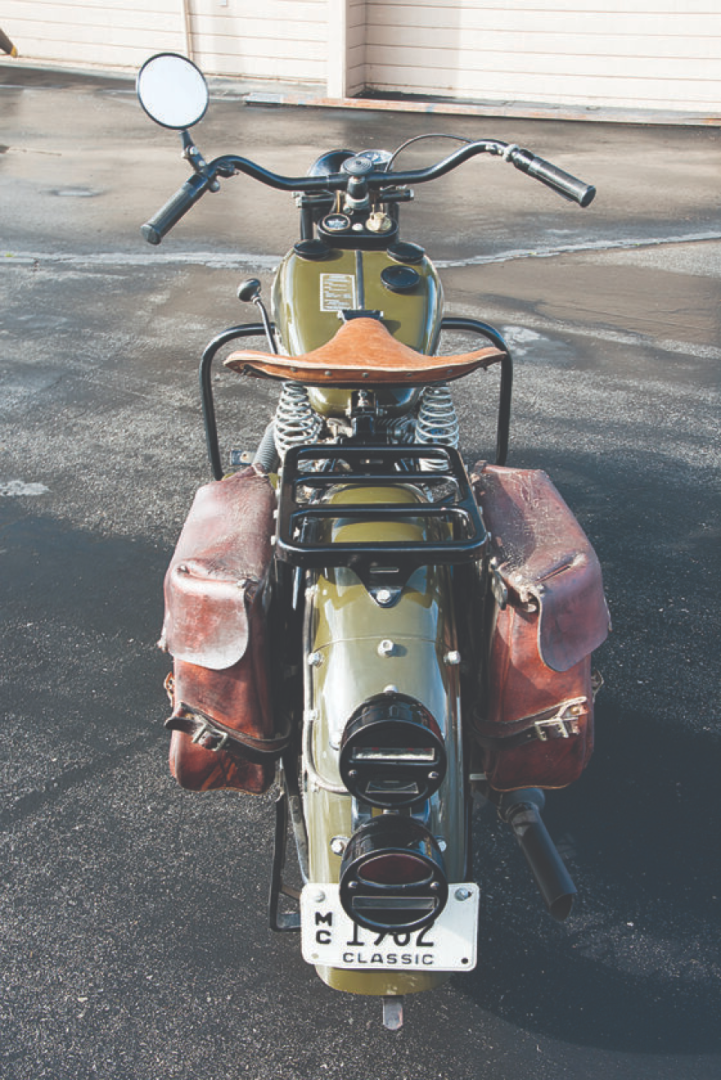
Harley and Indian military motorcycles
Harley-Davidson built four military motorcycles during the war: the aforementioned WLA, the WLC (Canada’s version of the WLA), the Knucklehead EL Overhead Valve model (small numbers were delivered to a few lucky soldiers) and the XA (an experimental motorcycle based on a horizontally opposed flathead twin, à la BMW). The WLA was the U.S. Army’s preferred military Harley-Davidson, and Harley built lots of them. Harley-Davidson sold 88,000 military motorcycles to the United States, England, Canada, China, India and Russia. In addition to the 88,000 complete military motorcycles, Harley built enough spare parts to build 30,000 more motorcycles. Significantly, Harley continued to build civilian models during the war.
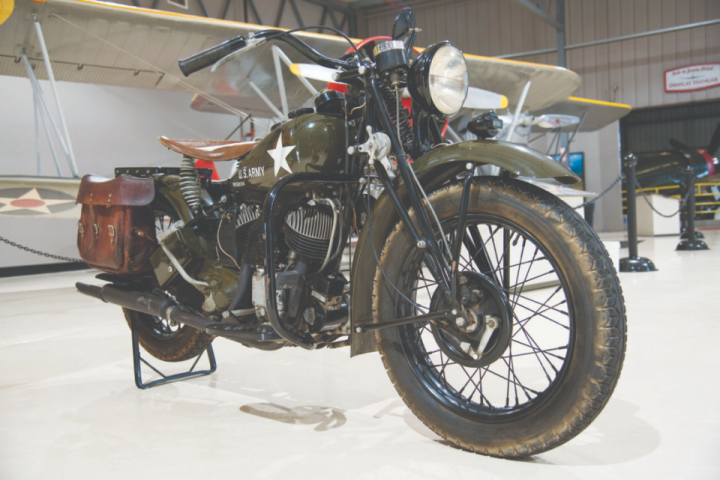
Indian produced approximately 38,000 motorcycles during World War II, and the company essentially devoted its entire manufacturing capacity to military production. Indian made almost no civilian motorcycles during the war (the company did not even print a catalog in 1942), and it produced only a few police motorcycles during that time. Although the U.S. Army used the Model 741 during World War II, most of the military motorcycles Indian manufactured went to the Allies (including Great Britain, Canada, Poland, Australia and Russia). Like Harley, Indian also built several military models during World War II. These included the Model 741 you see here, the Chief (the Military Chief was based on the 74-cubic-inch Police Chief), the Model 640B (a detuned 45-cubic-inch V-twin based on Indian’s civilian model), the M1 (a lightweight 221cc single intended to serve with paratroopers, although there is no evidence it ever did), and the Model 841 (the Model 841 was Indian’s answer to the Army request to emulate the BMW; it used shaft drive and a transverse 90-degree V-twin, like Moto Guzzi does today). Like Harley’s WLA, the Model 741 was Indian’s primary military motorcycle, and it formed the bulk of Indian’s World War II production.
Motorcycle training
Both Harley-Davidson and Indian operated motorcycle operation and maintenance schools for the Army at factories in Milwaukee, Wisconsin (home to Harley-Davidson), and Springfield, Massachusetts (home to Indian). The training included riding on rough terrain, through streams, and in other difficult conditions. At the Army’s direction, the Harley and Indian schools taught soldiers how to lock the rear wheel, lay the motorcycle onto its side, roll into a prone position and fire the Thompson submachine guns carried in both motorcycles’ forward-mounted scabbards.
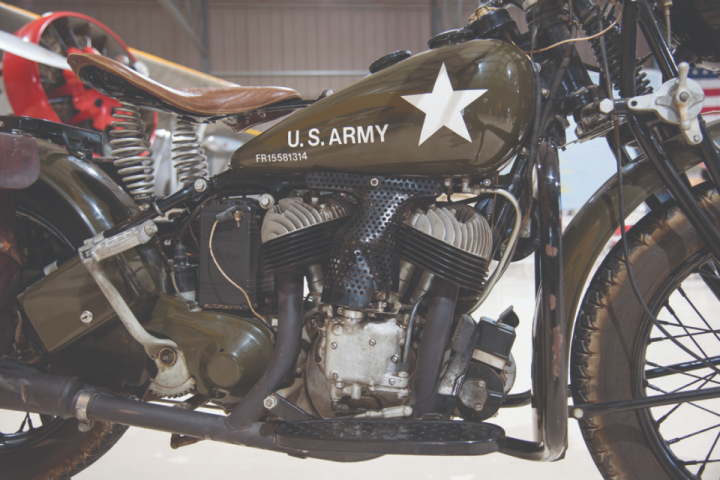
As mentioned above, the Model 741 was based on Indian’s existing civilian model Junior Scout, with a 500cc V-twin engine. As Harley-Davidson had done, Indian extended the front forks and the rear frame for greater ground clearance. The Model 741 used the much-larger Indian Chief’s transmission for increased reliability. The Model 741 had a rifle scabbard on the right front fender and an ammunition container on the left front fender (not present on the motorcycle shown in these photos). The Model 741 weighed 456 pounds (less than the Harley WLA), but the reduced power of the 741’s 30-cubic-inch engine (compared to the Harley’s 45-cubic-inch engine) gave the performance edge to Harley. Both machines were detuned versions of their civilian counterparts. The Indian Model 741, like the Harley-Davidson WLA, was not a high-performance motorcycle. The Model 741 had a top speed of 60mph; the Harley WLA was marginally faster. The Army was more interested in reliability than in top speed.
Model 741 operation
Today, starting a modern motorcycle involves pushing a button and letting the engine management system do the rest. The Model 741 requires much more operator involvement. The steps in starting the Model 741 include making sure the motorcycle is not in gear, opening the fuel petcock, moving the choke to the fully choked position, opening the throttle a quarter turn, kicking the engine’s kickstarter twice to prime the carburetor, moving the right hand grip advance/retard control to the retard position, moving the choke lever back to a partially choked position, switching the ignition on, giving the kickstarter a healthy kick, and then adjusting the spark advance and throttle controls to positions allowing the engine to warm.
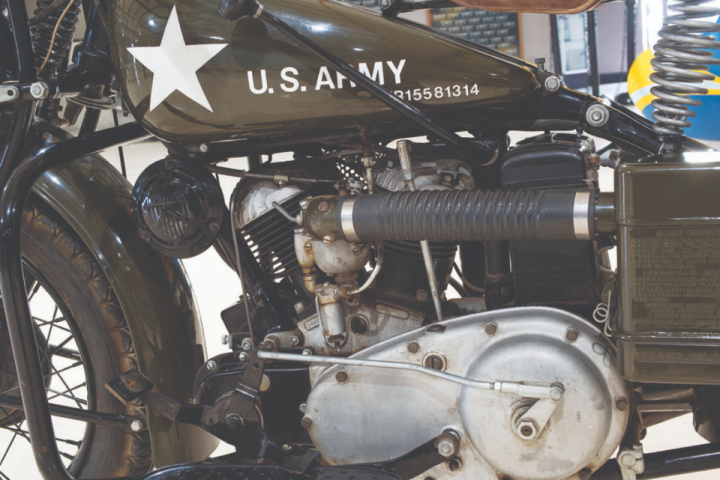
To those accustomed to modern motorcycles, the Indian 741 controls and lighting are significantly different. As mentioned, the throttle is in the left twist grip and ignition timing is manual (it is advanced or retarded with the right twist grip). There are no turn signals, but the motorcycle is equipped with blackout lights for night convoy operations. The clutch is foot-operated on the left side of the motorcycle, and unlike Harley foot clutches of the era, it is engaged with the heel (by rocking the clutch lever to the rear) and disengaged with the toe (by rocking the lever forward). Most Indians had the handshift lever on the right side of the tank, although it was a fairly easy conversion to move the shift lever to the left side of the motorcycle (as you see on the Model 741 here). You see Model 741s in both configurations (when you see them at all, as surviving Model 741s are much rarer than WLA Harleys).
Tides turned
The significant use of the motorcycle as a military vehicle fell out of favor toward the end of World War II (the Army ultimately turned to the Jeep as its primary small vehicle). That notwithstanding, Harley-Davidson fared well and World War II set the tone for its postwar success. Indian’s strategy for meeting World War II production needs (i.e., focusing nearly exclusively on military production) ultimately led to its demise. Indian sold 38,000 motorcycles during the war (less than half of what Harley did). Indian struggled after the war and it was never able to match Harley-Davidson’s postwar civilian and police sales success. The onslaught of the lighter, faster and better-handling vertical twins from Britain didn’t help, either. Indian limped along for a few more years, changing ownership and then offering rebadged British Royal Enfield vertical twins with Indian nameplates. That strategy flopped, too. Indian folded its tent, declared bankruptcy, and went out of business in 1953.
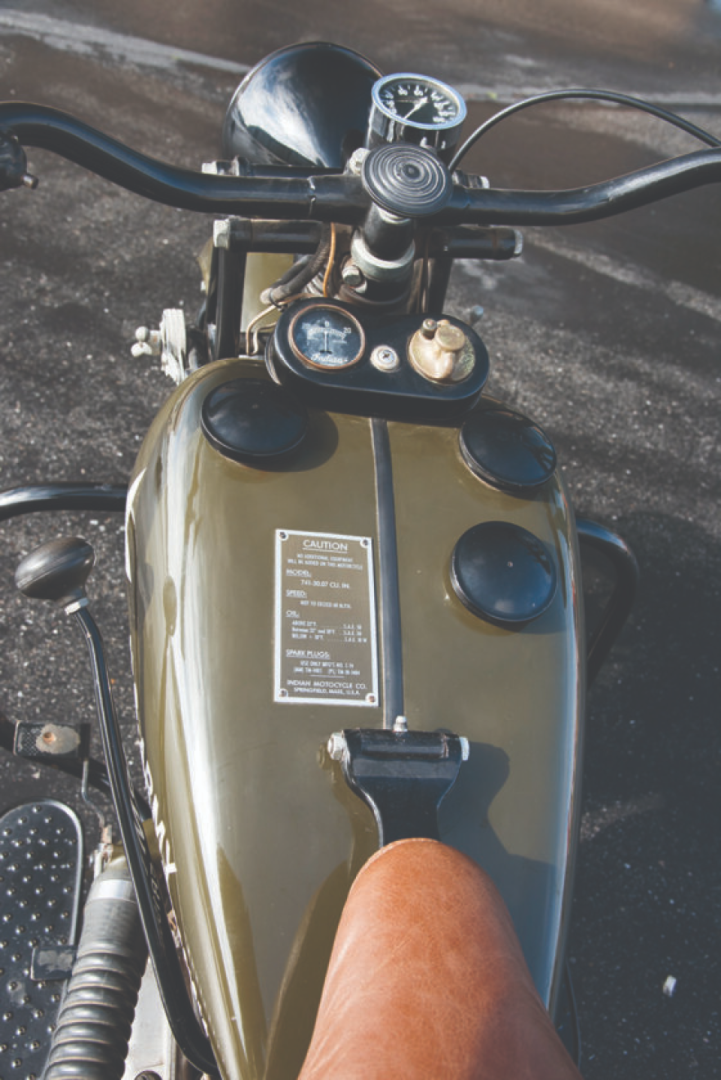
Chino’s Planes of Fame and Robert Pond
The Indian 741 shown here is proudly displayed by the Planes of Fame Museum in Chino, California. Planes of Fame is arguably one of the best places in the world to see vintage warbirds, including many from World War II. This Indian Model 741 motorcycle was previously a part of the Robert Pond collection. Pond was a particularly interesting man. Born in Minnesota in 1924, he entered the family business (tiles and floor polishing and cleaning equipment) to become its eighth employee. At the end of his career (when he sold the business and retired), it had grown into an organization employing thousands that sold for a rumored $500 million. Pond trained in the Navy Air Corps in World War II, left when the war ended, and returned to build the family business into an industrial giant. Along this journey, Pond continued flying, designed aircraft and started collecting and restoring classic aircraft, automobiles and motorcycles (including the Indian 741 you see here). When Pond died in 2007, his family permanently loaned this Model 741 to the Planes of Fame Museum. Paul De Laurell and his wife, Cindy, both volunteers at Chino’s Planes of Fame Museum, cleaned the fuel tank, fuel lines and carburetor, poured a little aviation gasoline into the fuel tank, and the Indian fired right up.
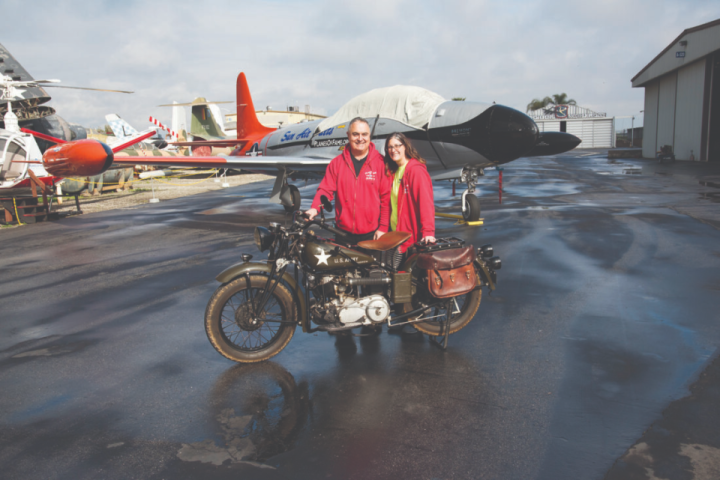
1942 Indian Model 741
- Engine:& 30.5ci (500cc) air-cooled sidevalve V-twin, 15hp @ 4,800rpm
- Top speed:& 60mph
- Carburetion:& Single carburetor
- Transmission:& 3-speed, foot-operated clutch with hand-operated left or right shifting, chain final drive
- Electrics: Battery, coil and breaker points ignition
- Suspension:& Girder front with adjustable friction damping, rigid rear, spring-mounted seat
- Brakes:& Drum brakes front and rear
- Tires:& 3.5 x 18in front and rear
- Weight:& 456lb (205.5kg)
- Price then/now:& $480/$8,000-$17,000
Credit: Motorcycleclassics, Photos by Joe Berk.
#Moto #Bike #Indian #Classic #741


